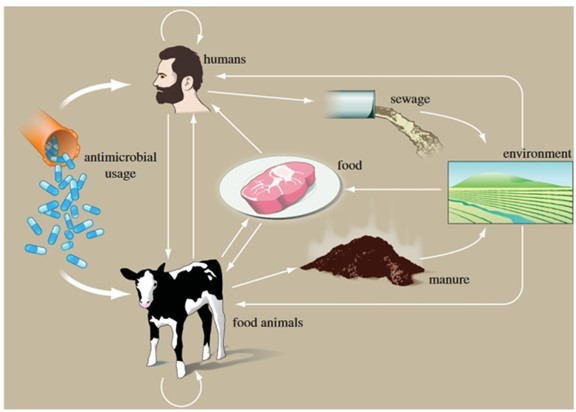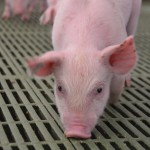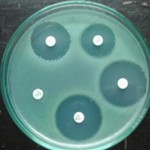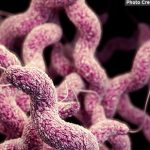Cephalosporin resistance in Escherichia coli of broilers, flies and white storks
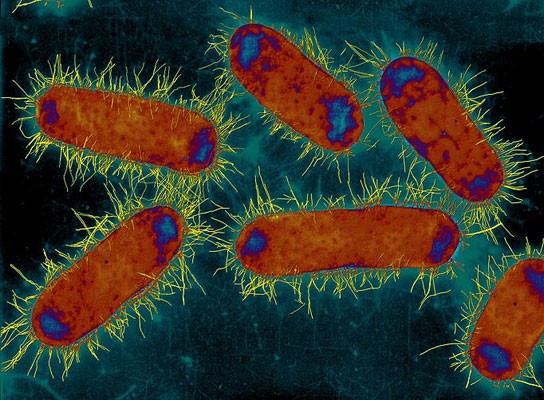
The 13th of March, Marc Solà Ginés will defend his PhD thesis entitled “Molecular epidemiology and mechanisms of cephalosporin resistance in Escherichia coli of different origins; broilers, flies and white storks” directed by Dra. Lourdes Migura Garcia.
Bacteria resistant to antimicrobials, and specifically to extended-spectrum beta-lactamases (ESBLs), have become of increasing concern. Its prevalence has increased fast worldwide due to a pandemic dissemination of plasmids and the introduction of ESBL genes into successful clones. According to the World Health Organization (WHO) one of the antimicrobials of critical importance for human health are cephalosporins. Therefore, this thesis has focused in mechanisms of resistance to cephalosporins, plasmids involved in the transfer and characterization of resistant clones.
Due to the overuse of antimicrobials in humans and veterinary medicine, the emergence of multi-drug resistance has increased in the last decades. Lately, increasing attention has been paid on how multiresistant bacteria circulates in natural environments and how the different niches act as reservoirs of resistant traits. Once resistant bacteria are present in the environment, they can easily circulate, therefore antimicrobial resistance has to be treated with a “One Health” perspective.
Through the studies compiled in the thesis, we have investigated the occurrence and mechanisms of dissemination of cephalosporin resistance (CR) Escherichia coli from different ecological niches; broilers as an example of food-producing animals, houseflies (Musca domestica) as mechanical vectors and reservoir of resistance genes contributing to the spread of resistance in the farm environment; and finally white storks (Ciconia ciconia) as an example of long-distance vectors and sentinels of human pressure. With this approach, we intend to understand the transmissibility of these resistances among different niches; and identify clones, resistance genes and plasmids involved. As a result, this thesis includes three studies, two of them have been published in peered review international journals and the last one is in review:
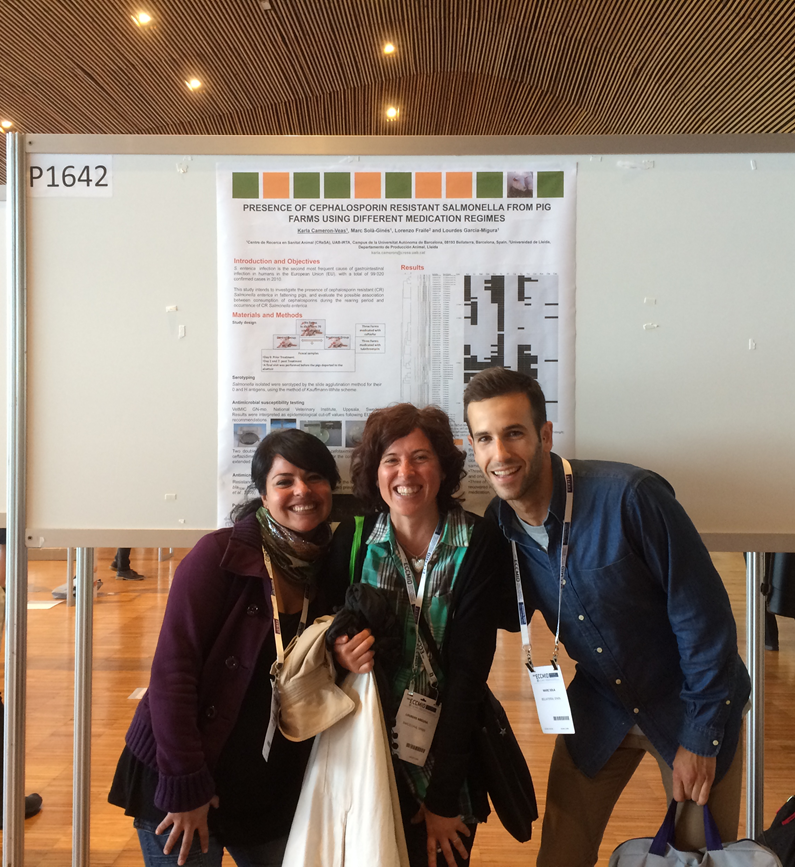
- Solà-Ginés M, Cameron-Veas K, Badiola I, Dolz R, Majó N, Dahbi G, Viso S, Mora A, Blanco J, Piedra-Carrasco N, González-López JJ, Migura-Garcia L. (2015). Diversity of Multi-Drug Resistant Avian Pathogenic Escherichia coli (APEC) Causing Outbreaks of Colibacillosis in Broilers during 2012 in Spain. PLoS ONE 10 (11): e0143191. doi:10.1371/journal.pone.0143191
- Solà-Ginés M, González-López JJ, Cameron-Veas K, Piedra-Carrasco N, Cerdà-Cuéllar M, Migura-Garcia L. (2015). Houseflies (Musca domestica) as vectors for extended-spectrum β-lactamase-producing Escherichia coli on Spanish broiler farms. Appl Environ Microbiol 81 (11): 3604–3611. doi:10.1128/AEM.04252-14
- Solà-Ginés M, Camacho MC, Hernández JM, De la Puente J, Pineda-Pampliega J, Aguirre JI, Torres-Medina F, Ramis A, Majó N, Höfle U, Migura-Garcia L. (2018). Does exploitation of human residues make the white stork (Ciconia Ciconia) a reservoir of extended-spectrum beta-lactamases-producing Escherichia coli? Frontiers in Microbiology. In review
This PhD thesis was partially supported by the grants AGL2011- 28836 and AGL2013-47852-R from the Ministerio de Economía y Competitividad (Gobierno de España).


